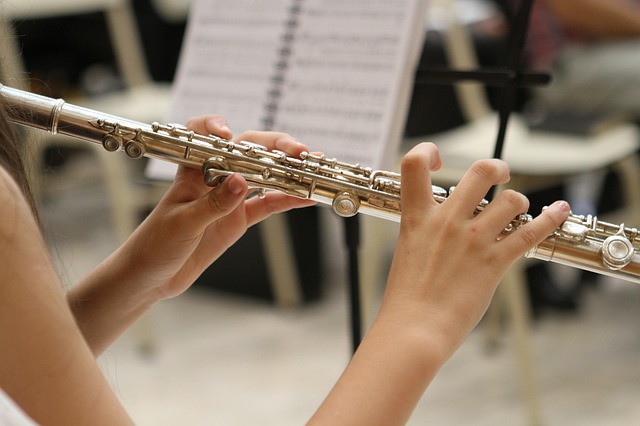In a previous post, I discussed Ginny Whitelaw’s new book, Resonate, and focused on how meditation can help us to develop resonance. Now, I want to look at the role of sound in developing resonance and well-being. We previously explored the concept of resonance as “vibrating with” and sound is undoubtedly a source of energy vibrations.
Singing as a source of resonance
Chris James, well-known recording artist and international singing teacher, maintains that our bodies are natural resonators. He teaches people to relax and breathe to free up their voice and let their natural sound and resonance emerge. In his view, everyone has a beautiful voice – if only we will release our voice by not being uptight about singing. When you let your voice open up through singing, emotion is released, often emotions that you are not consciously aware of.
In Chris’ words, through singing and chanting, you are able to find your “true voice” and “speak your truth” – this is achieved through aligning body and mind, voice and heart. Chris enables people to “speak and sing with presence, power and authority” – to use their body as a natural resonator, unencumbered by negative thoughts and emotions.
Chris contends that “the way we listen and communicate” can transform our interactions and relationships both at work and at home. Deep listening itself is a form of resonance as it involves “being on the same wavelength” as the speaker. As we develop our voice through singing and chanting, we can find our “true expression” – full-body singing and speaking.
When we sing together with others, we are able to “tune up” our body, heart and mind and achieve a natural resonance. Even in times of pain and uncertainty brought on by the COVID19 pandemic, singing together can help us to achieve resonance (vibrating with others), lift our spirits and strengthen our resilience in the face of unprecedented challenges – the NYC Virtual Choir and Orchestra demonstrated this in their rendition of How Can I Keep from Singing and the virtual choir/orchestra of 300 people drawn from 13 countries reminds us that You’ll Never Walk Alone.
Resonance and well-being through sound
Research has shown the power of sound therapy to heal and generate well-being in the form of relaxation, tranquility, and patience. Sound meditations, often incorporating various instruments designed to produce “over-tones”, can achieve inner harmony, equanimity, the breaking of habituated patterns of behaviour and a higher level of self-awareness and consciousness.
Richard Wolf likens deep listening to music and playing a musical instrument to mindfulness – they each require concentration, focus and the ability “to quiet the inner voice”, and result in enhanced “multi-dimensional awareness”. Richard expands on these ideas in his book, In Tune: Music as the Bridge to Mindfulness. He maintains that focusing on the “sonar qualities” of our own breath can enable us to achieve “attunement” of breath and body – or, in other words, resonance.
Mantra meditations, involving musical instruments and the repetition of deeply meaningful phrases, is another form of sound meditation and a way to achieve resonance and a deeper integration of mind, body, and heart. Mantra meditations can generate stillness and joy when we are experiencing turbulence in our lives and release energy and calmness to make a real difference in our lives and those of others.
Reflection
Sound in the form of music, singing, sound meditations or mantra meditations is a readily accessible resource and a way to achieve a deepening resonance in our life. It enables us to attune our body, minds, and hearts and to release productive energy that can help us align our life with our true purpose. As Ginny Whitelaw maintains in her book, we are surrounded by energy and vibration, especially through sound – we just have to tap into it through meditation, our own voice or by playing a musical instrument. As we grow in mindfulness through sound and the various means of attunement, we can experience genuine well-being and the calm and ease of wellness.
___________________________________
By Ron Passfield – Copyright (Creative Commons license, Attribution–Non Commercial–No Derivatives)
Disclosure: If you purchase a product through this site, I may earn a commission which will help to pay for the site, the associated Meetup group and the resources to support the blog.


